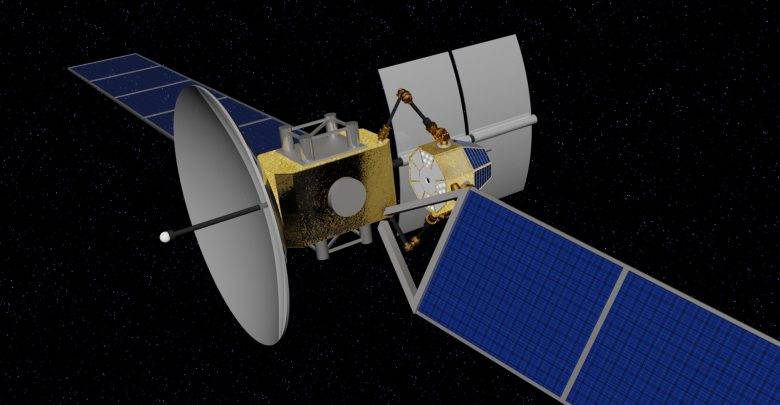Made In Space, the company responsible for sending the first 3D printer into space, has announced a significant milestone in the development of its Archinaut program. The California-based company has successfully demonstrated the Archinaut’s additive manufacturing and robotic assembly capabilities in a space-like environment.
First announced in 2015, the Archinaut program is one of Made In Space’s flagship projects which seeks to enable the additive manufacturing, aggregation and assembly of large, complex structures in space. The ambitious project has shown steady signs of development over the years, with Made In Space showcasing the system’s ability to power up small satellites and more.
Today, the company has announced that the Archinaut system successfully underwent thermal vacuum (TVAC) testing at the Northrup Grumman Space Park facility in Redondo Beach, California. The tests, which were conducted in fall of 2018, validated the technology’s suitability for space environments by simulating the thermal and pressure environment of a satellite in Low Earth Orbit (LEO).
In the tests, Made In Space demonstrated a number of the Archinaut’s capabilities, including the additive manufacturing and robotic assembly of various structures. For instance, the Archinaut system showcased autonomous reversible connection and joining techniques of 3D printed parts as well as other pre-fabricated components like nodes and trusses using a robotic arm system and end effector specially designed for in-space assemblies.
Throughout the TVAC demonstration, an internally developed camera system monitored and inspected the process to ensure the quality of the printing and assembly. Now that the ground-based testing is complete, Made In Space is understandably excited to announce that the core Archinaut technologies are ready to operate in space.
“We are very proud of our team for achieving this critical proof point that ultimately lines us up for operational missions with customers in both government and commercial sectors,” said Andrew Rush, President and CEO of Made In Space. “We look forward to the next steps of preparing Archinaut-enabled missions for flight.”
The Archinaut system achieved another crucial milestone in 2017, when its core additive manufacturing system, ESAMM, successfully produced a structure in a space-like environment. Made In Space also made headlines around the same time for using the ESAMM technology to fabricate the world’s longest 3D printed non-assembled piece, setting a new Guinness World Record. The beam in question measures 37.7 meters in length and gives us an idea of the structures that the Archinaut additive manufacturing system will be producing in space.
When eventually deployed in space, the Archinaut will be used for a number of applications, including the PowerKit, a system that can deploy a 2 kW power system on a 150 kg ESPA-class satellite, nearly 5x the average of power systems. This application will be enabled by ESAMM, which will assemble expansive solar array systems from the satellite bus. The idea with this application is to give large satellite power to a smaller ESPA class satellite. The technology could also be used to deploy large-scale antenna for remote sensing, telecommunications and scientific exploration.
Rush added: “This technology will contribute to a more sophisticated low earth economy and lay the groundwork for more advanced commercial utilization of space.”
The Archinaut program is being developed by Made In Space in collaboration with Northrop Grumman and Oceaneering Space Systems. The program also received funding from NASA’s Space Technology Mission Directorate (STMD).
Source: 3dprintingmedia.network


